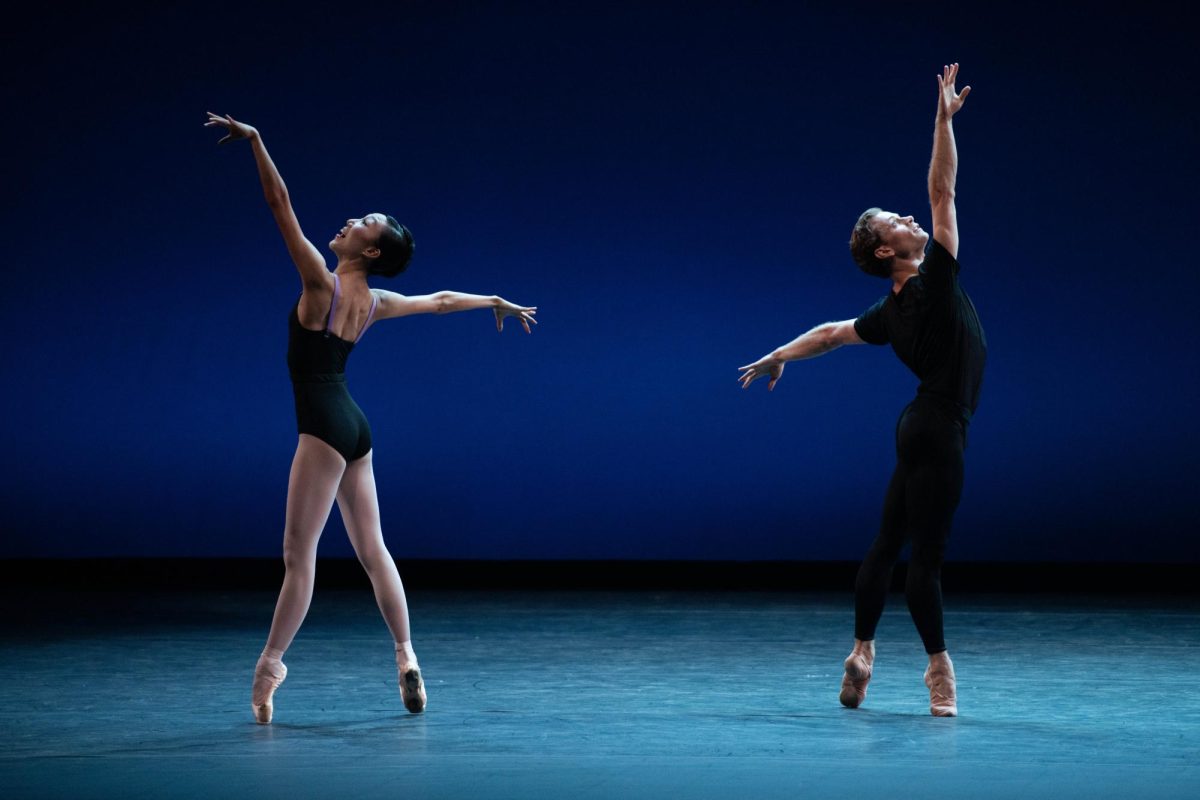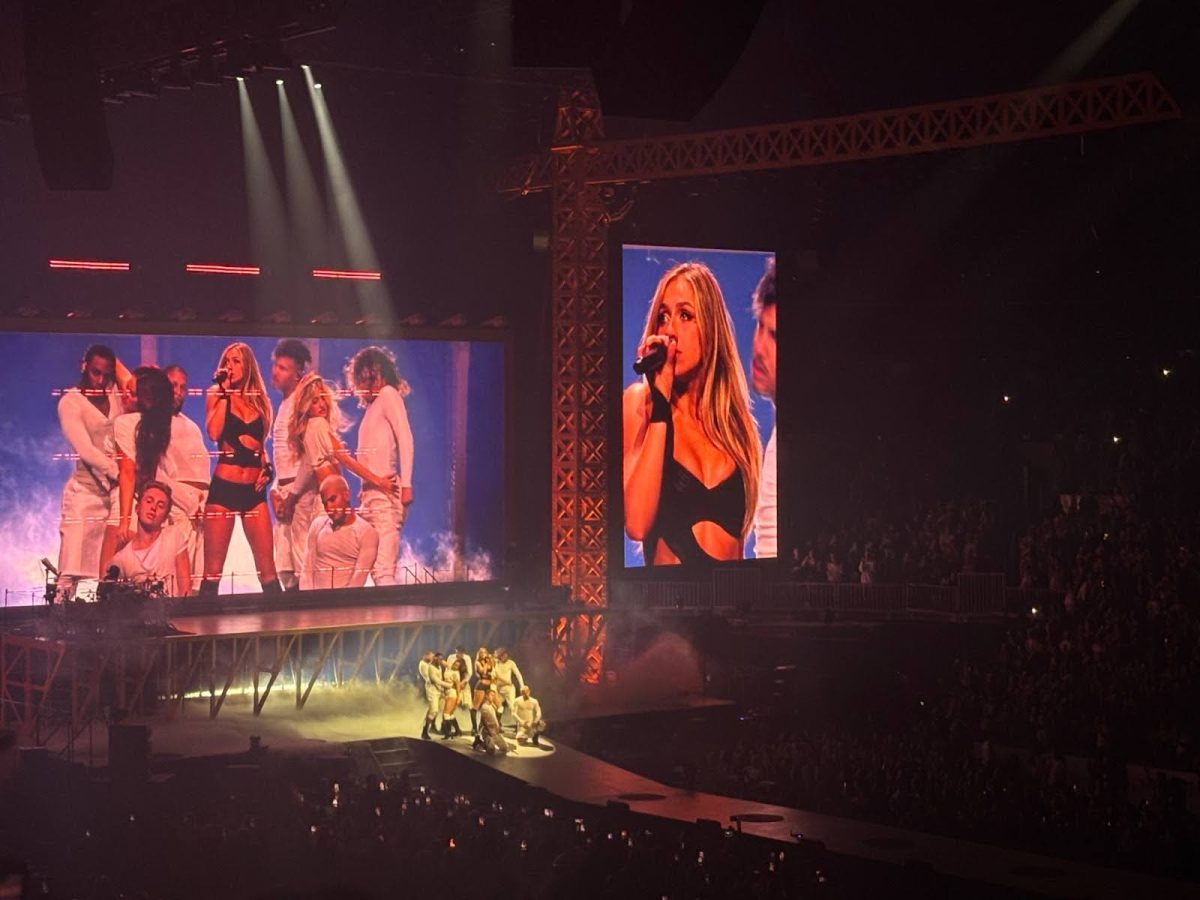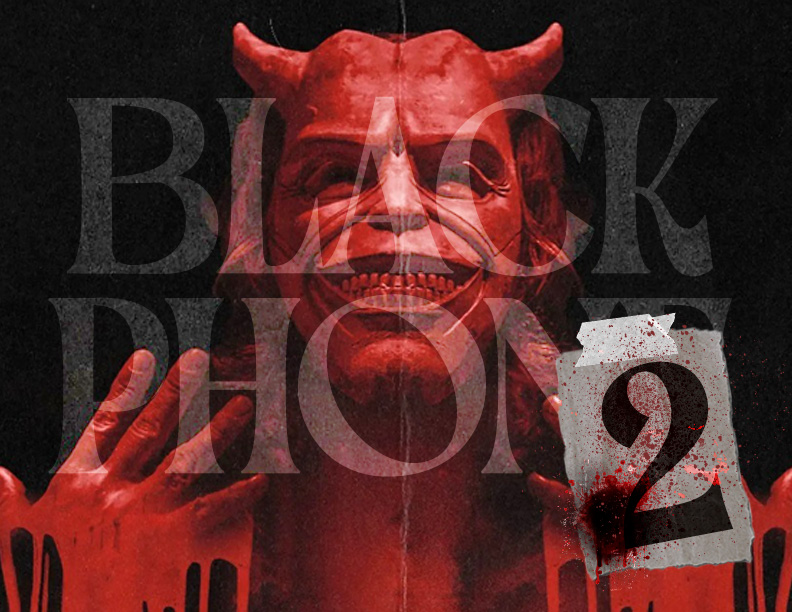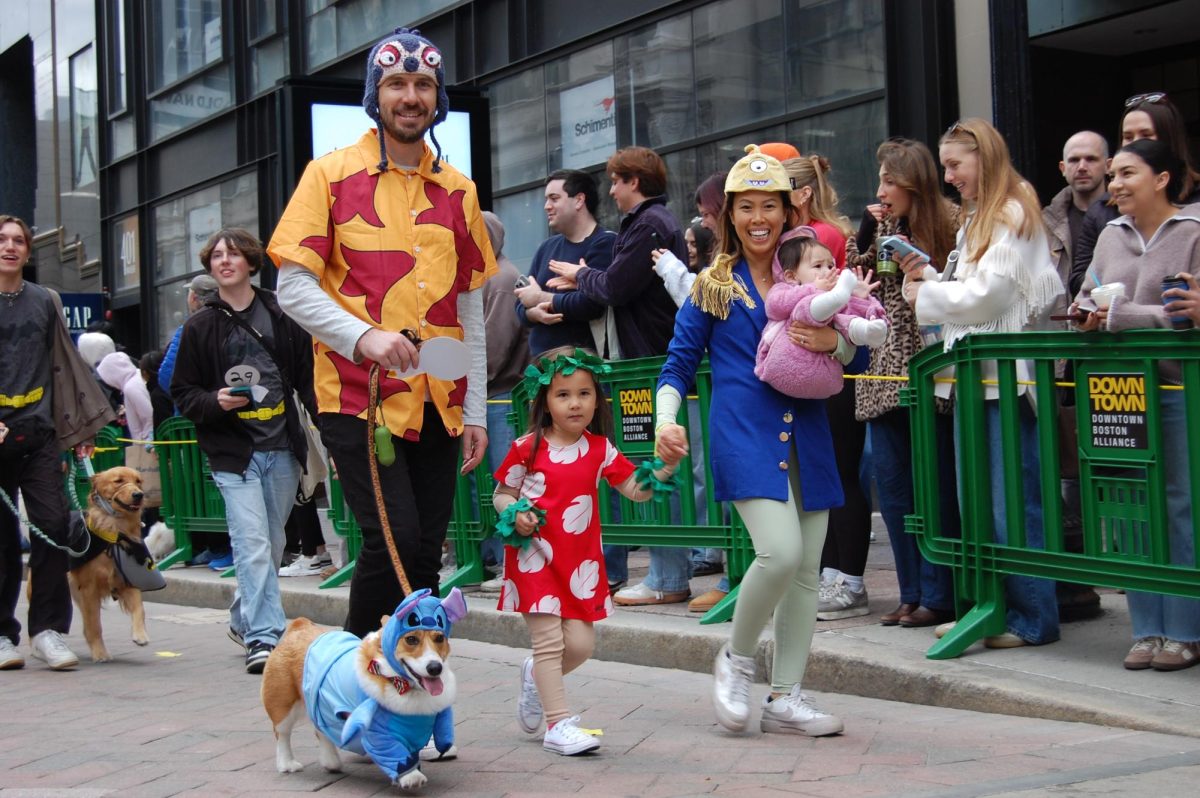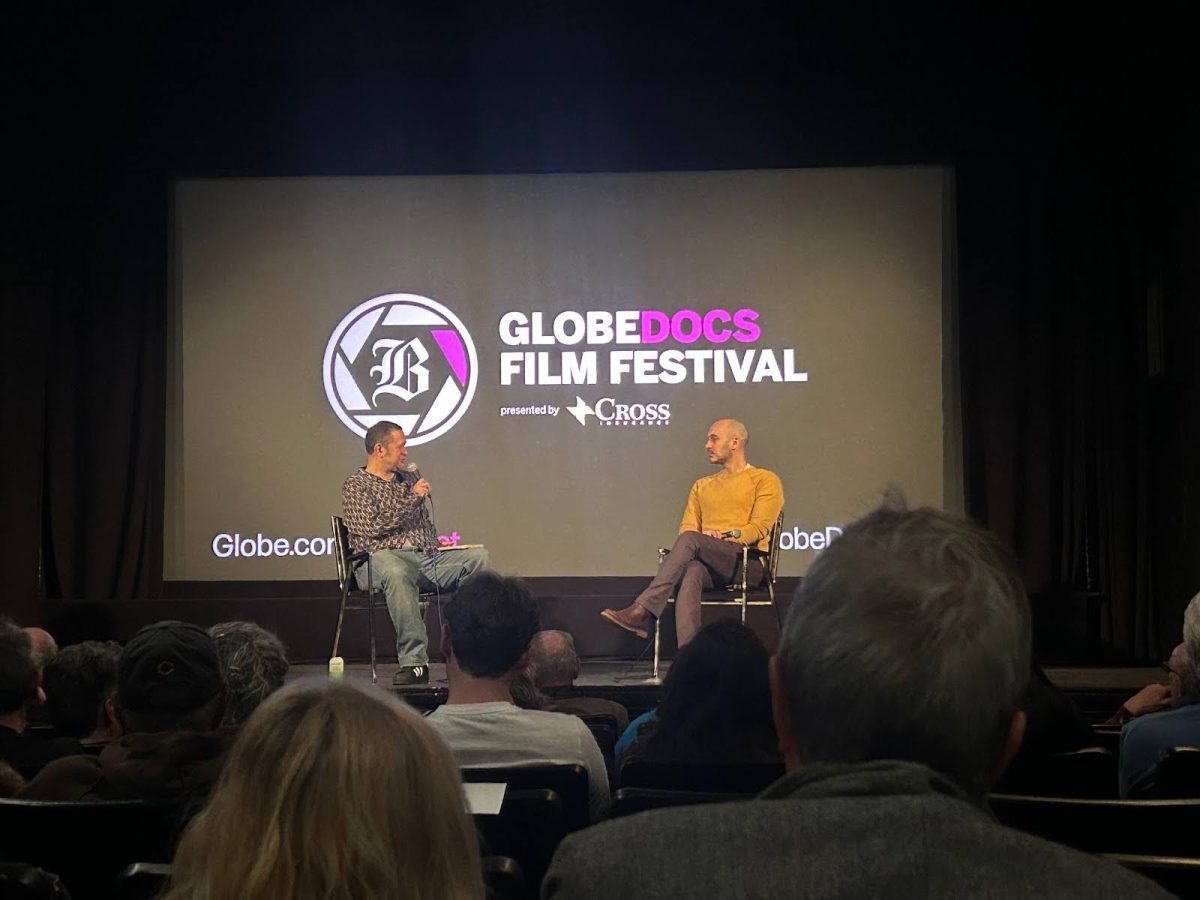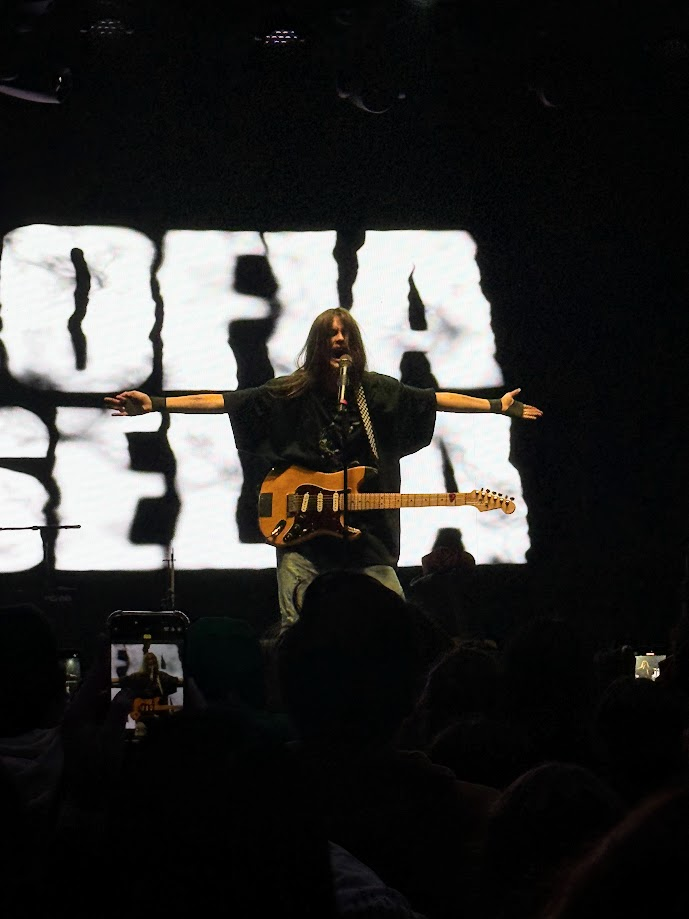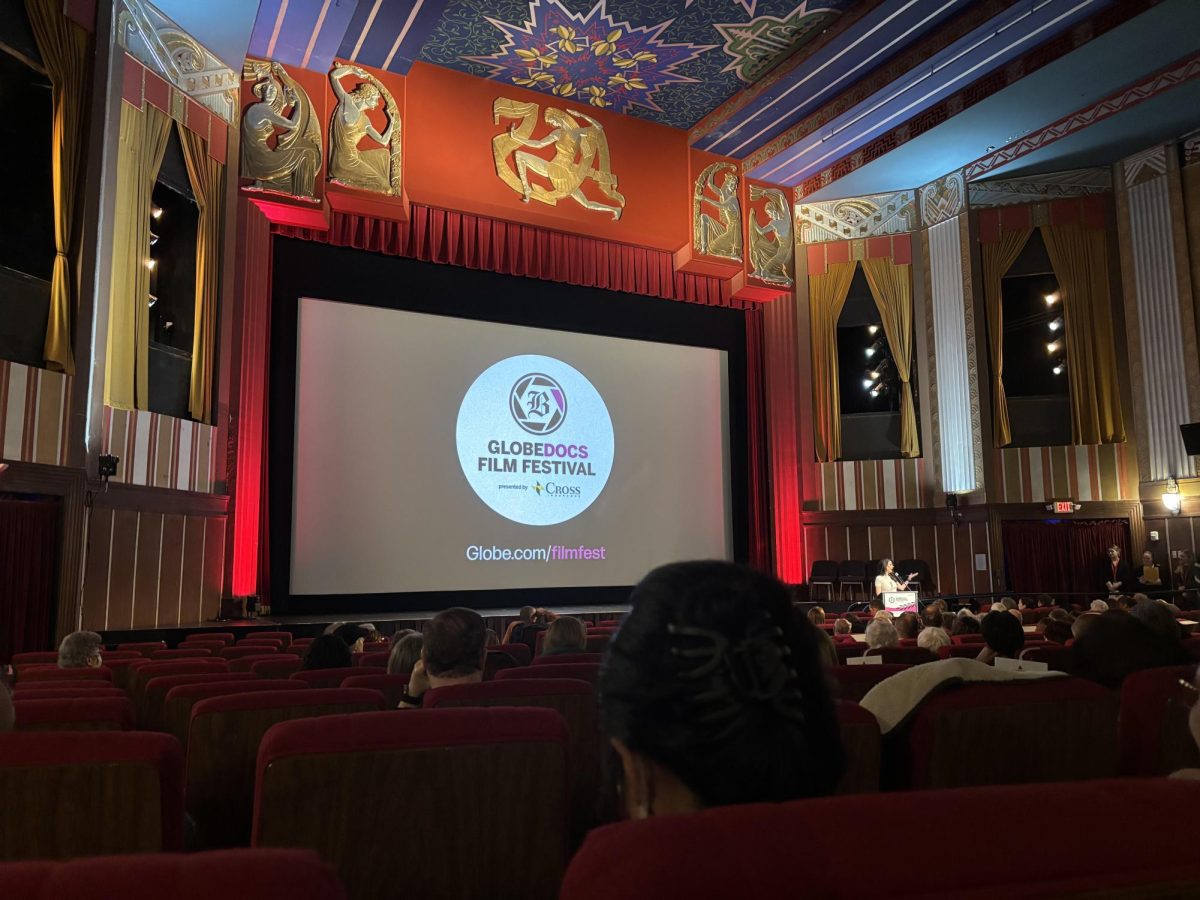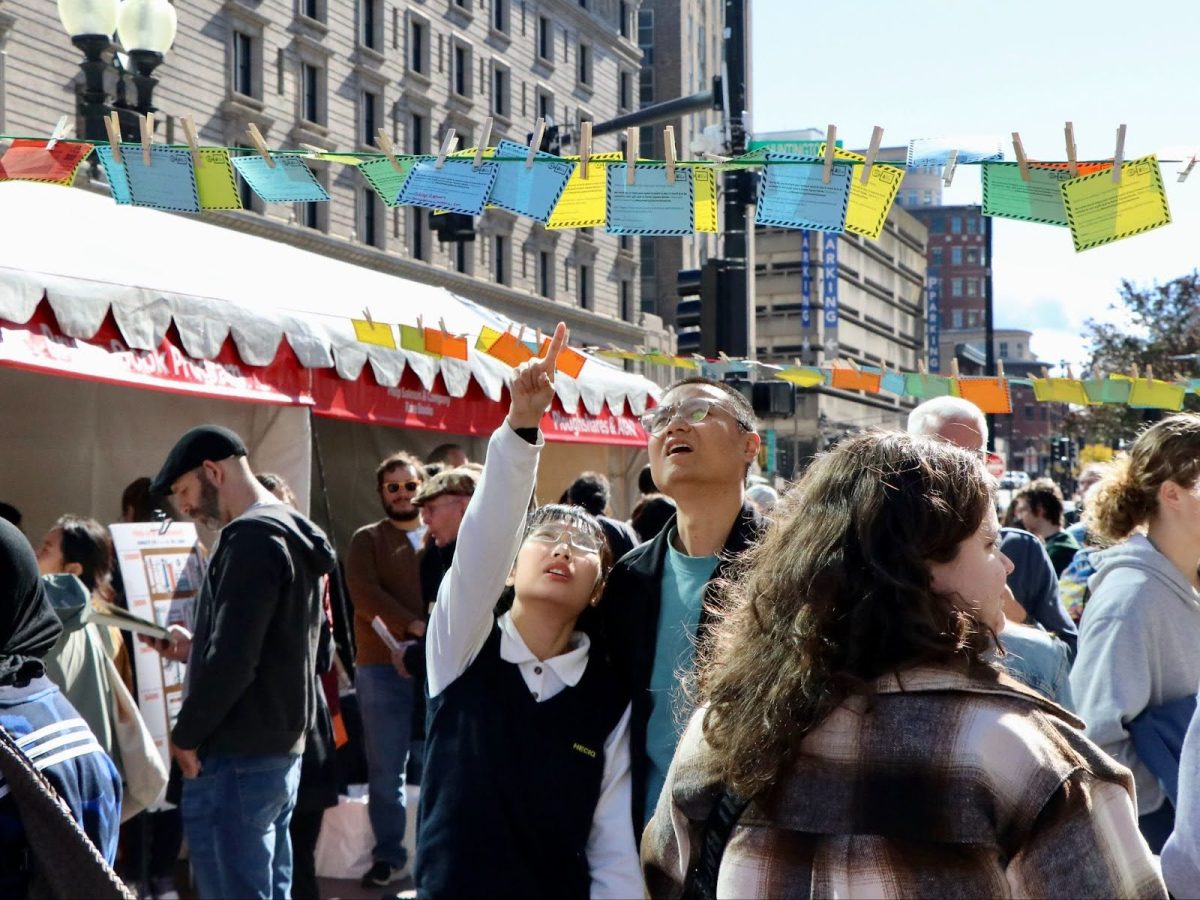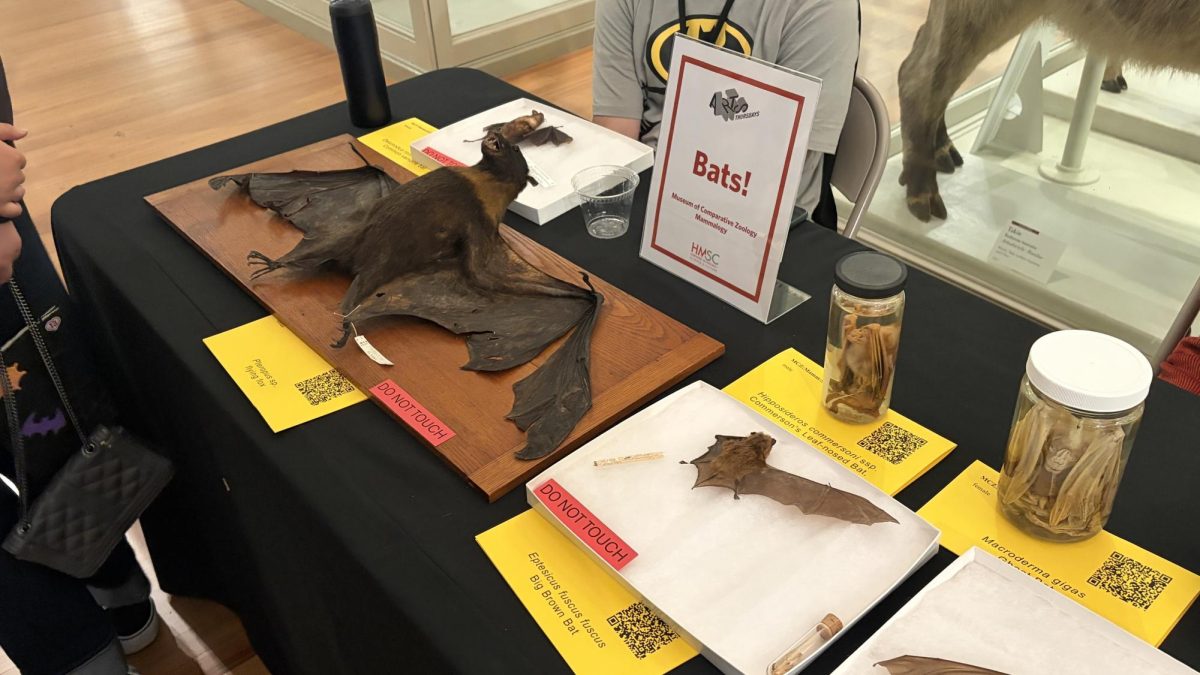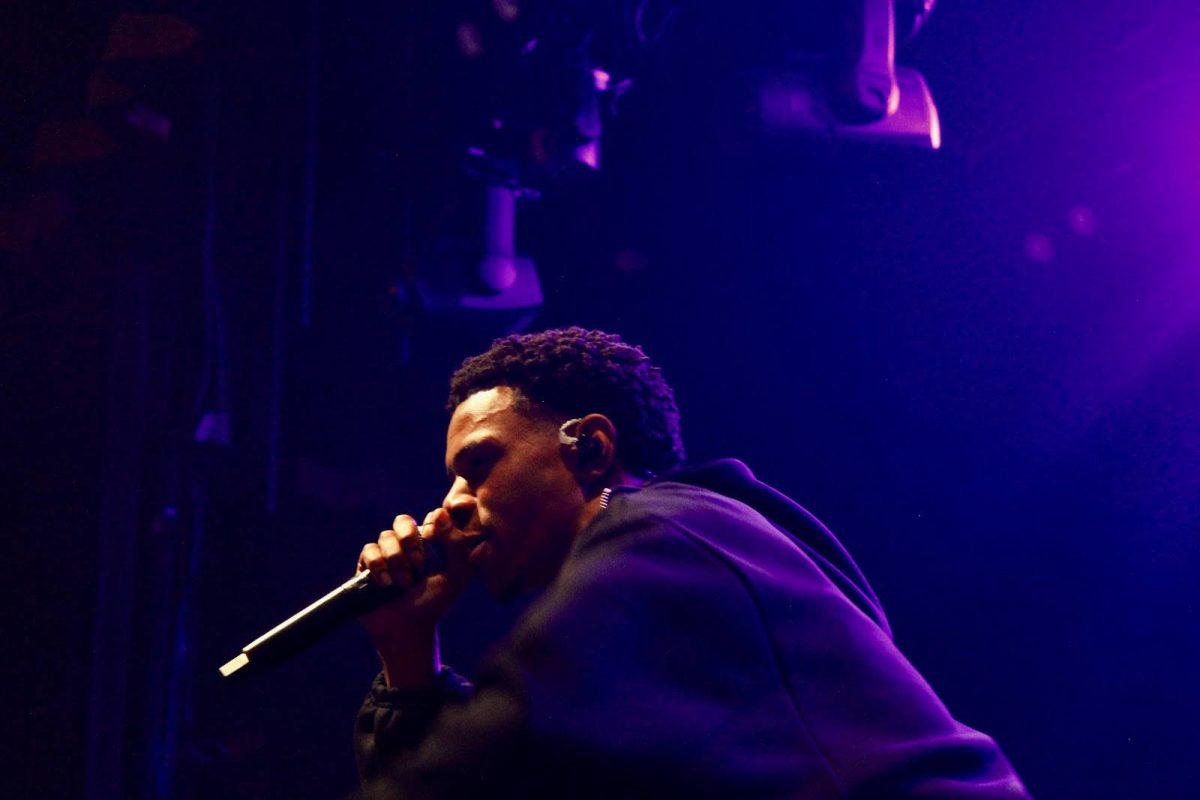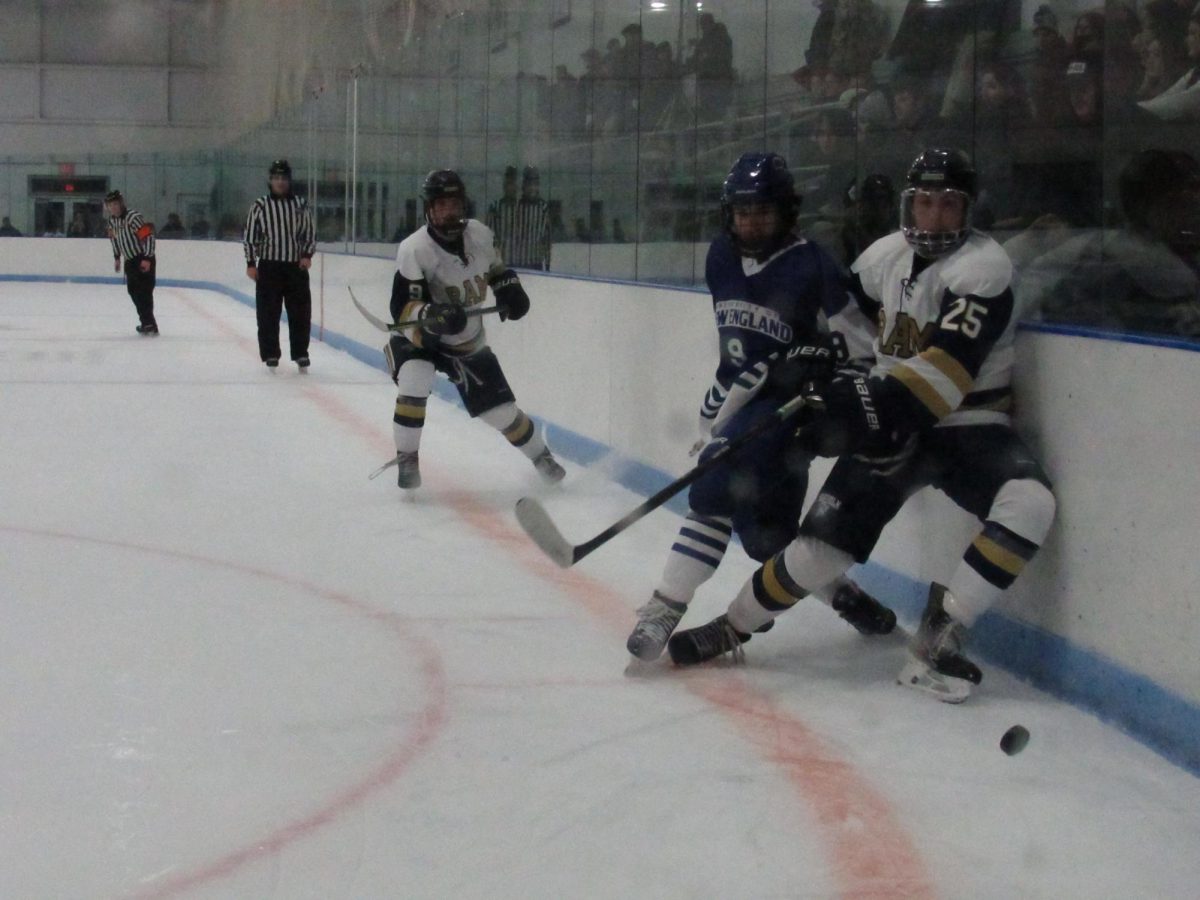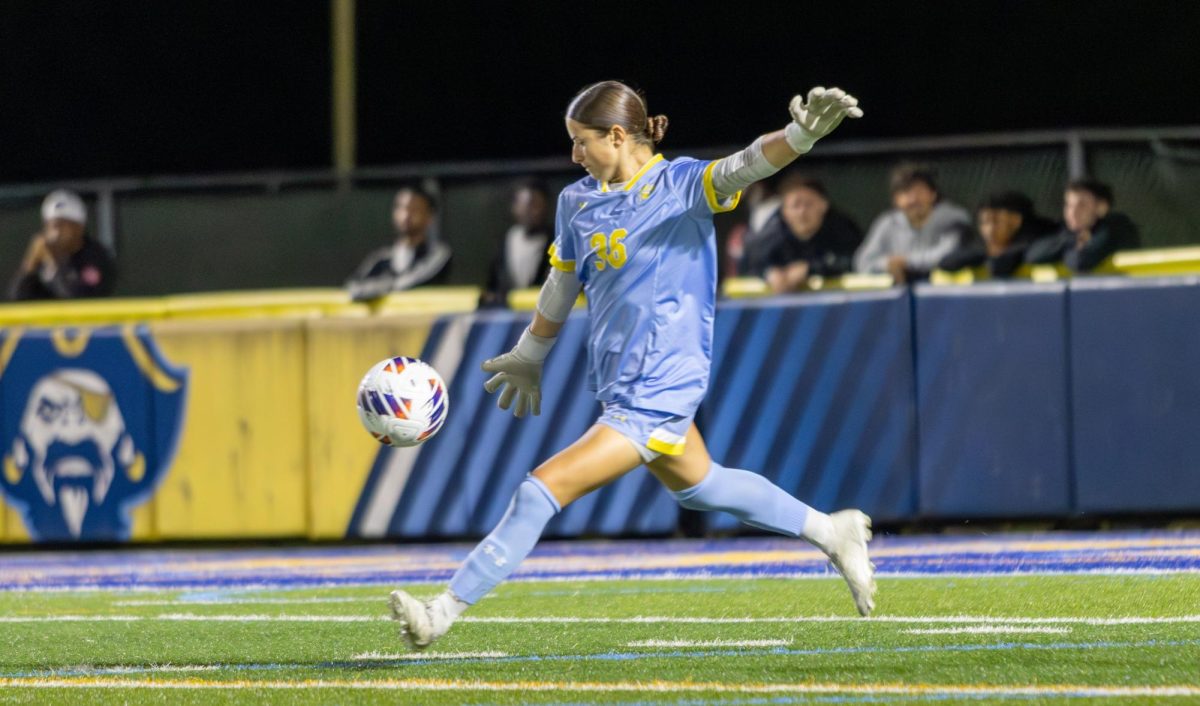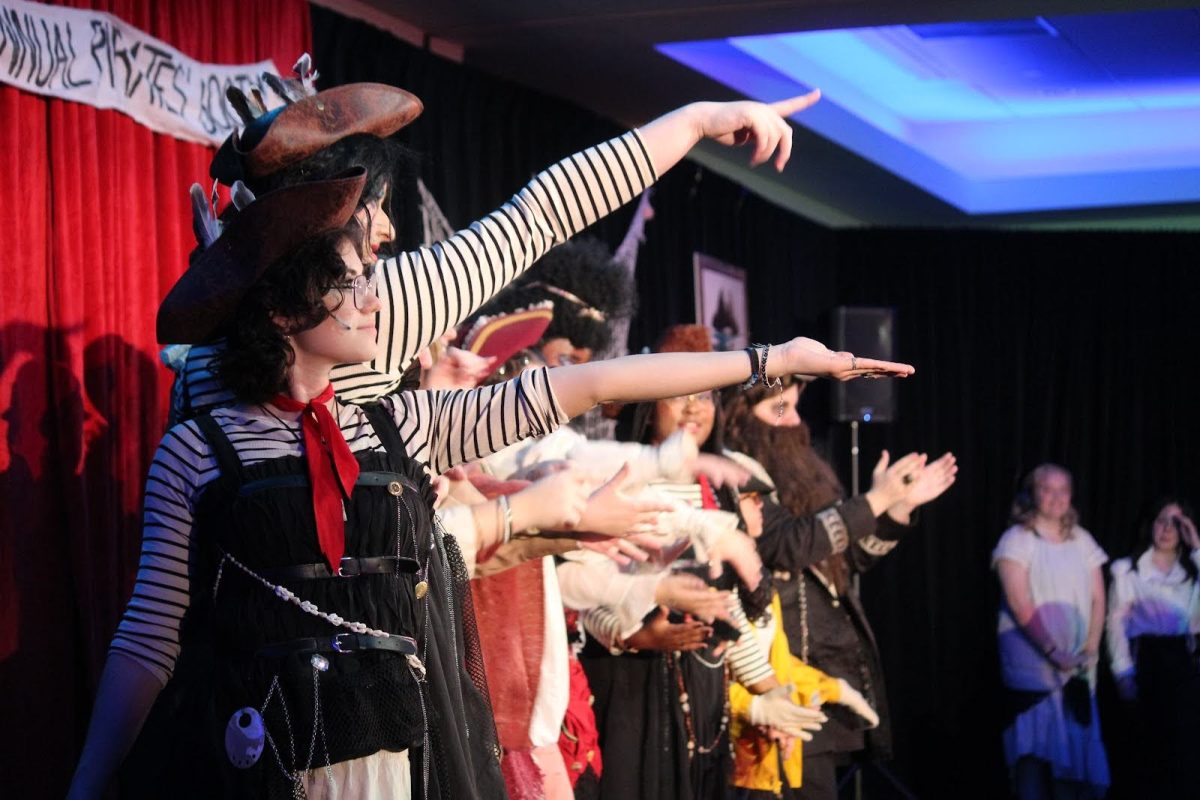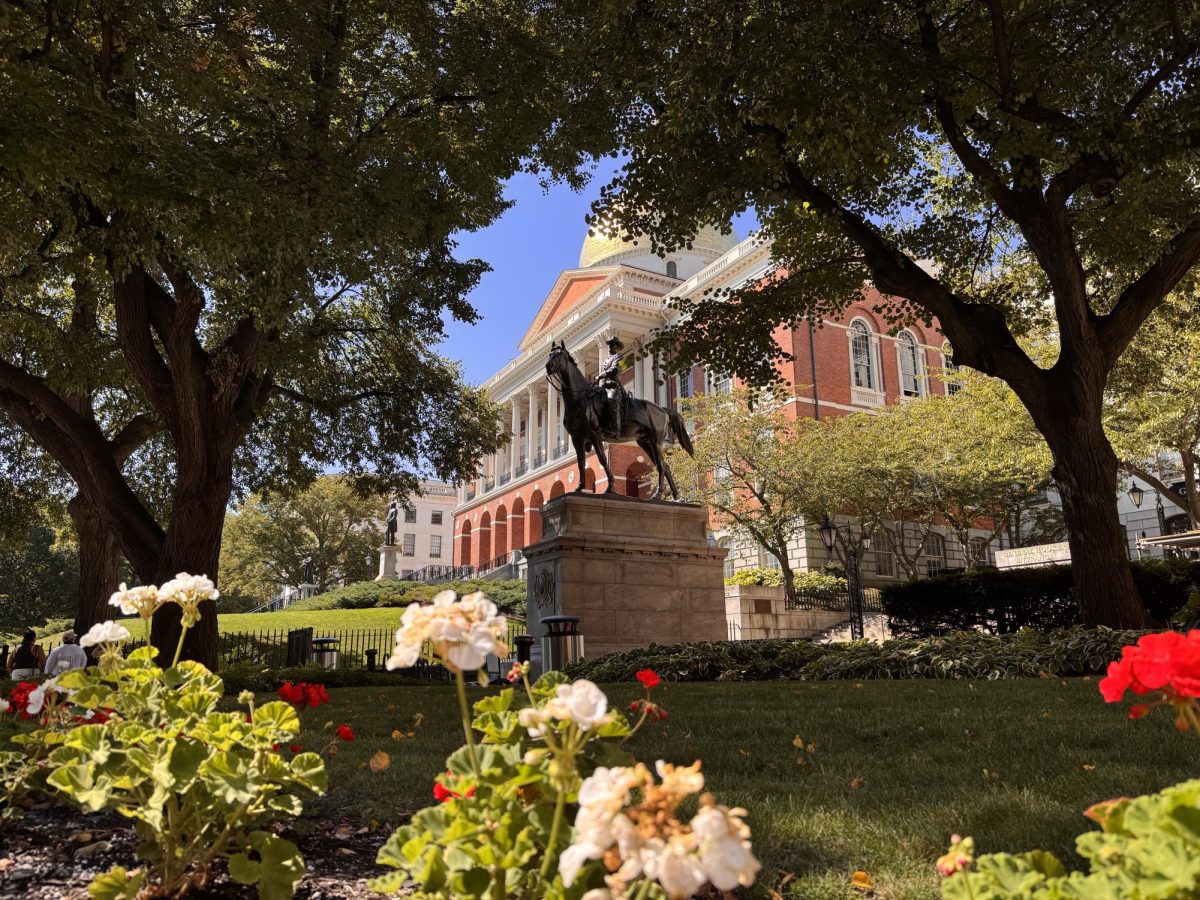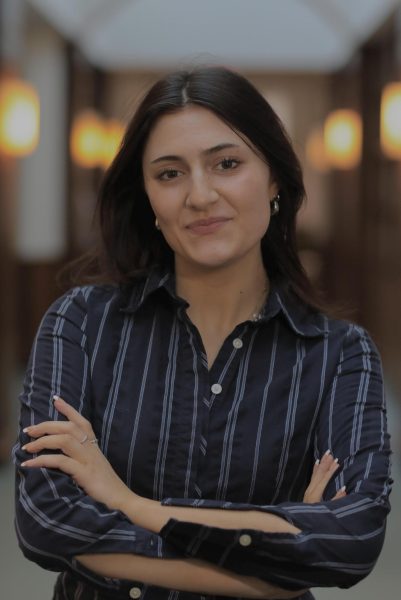The Boston Ballet ushered in its 60th anniversary Oct. 5 with its annual “Fall Experience,” a showcase that exhibited the revered troop’s skills across styles and genres.
This year’s performance was special, as it featured the world premiere of two pieces and of choreographer My’Kal Stromile’s work.
The stage performance consisted of four individual pieces of varying styles, lengths and performers.
The opening piece, “Bach Cellos Suite,” was a technically rigorous piece that featured excellent partner work between a male and female ensemble. The dance originally premiered with the Boston Ballet in the spring of 2015 and it was a treat to see it brought back to the stage again.
In contrast to most traditional ballet pieces, the dancers began the performance with a cappella. The silence echoed in the theater as audiences held their breath for the music to begin. This grasped the audience’s attention in a unique way that set a tone for the rest of the piece.
This performance was striking in its musicality, specifically how the choreography matched the intensity of a moment or the calm that the music indicated. The choreography utilized rippling motions between each duet group, where one group would begin a sequence that the next group would continue. The group’s synchronization, alongside their ability to be precisely offset in these moments, was a small but stunning detail that added some dynamics to the dance.
The cellist, Sergey Antonov, performed on the stage with the dancers, which added a layer of intrigue to the dance. Antonov was weaved into choreography at moments, with the dancers angling themselves in line with him. One of the dancers even gave the cellist a reassuring gesture as he exited the stage, prompting the audience to laugh alongside Antonov.
The second dance was a famous duet titled “Trois Gnossiennes,” originally performed by the Dutch National Ballet. This performance was also accompanied by a live musician, Alex Foaksman, who played the piano on stage. The pianist was accompanied by a troupe of three dancers, who moved the piano in tandem with the dance, ensuring that the large instrument didn’t interfere with the dancers’ full reign of the stage.
The choreography, by Hans van Manen, was a showcase of the two dancers Ji Young Chae and Patrick Yocum. The dance required extreme physical skill from both performers whose chemistry, in tandem with choreography, told a story of love and trust in a unique way.
As a medium solely relying on body language, the choreography conveyed the story beautifully, utilizing a gradual exchange from tension-filled movement to elongated exhibitions of trust between the two principals by the end.
Chae was especially impressive in her ability to stay in an almost doll-like state of paralysis at moments, then portray a light and flowing demeanor later in the dance.
The third piece was a world premiere of both the piece and the choreographer. Stromile graduated from Juilliard in 2018 and quickly made his way to the Boston Ballet afterward, joining the group as an artist in 2019. He has earned many accolades, including the Hector Zaraspe Prize for choreography in 2018.
His premiere piece, titled “Form and Gesture,” was a stunning exploration of humanity’s ability to make art through our movements and bodies. The dance was composed of four separate sections, all introduced with an announcement to audiences to take note of certain aspects of each dance’s unique structure.
The first portion, focusing on form, was backlit in a way to showcase the dancers’ bodies and physical performance by only showing the performers’ silhouettes.
The most distinct dance of the night was the third portion’s style and unique structure. The female dancers donned holographic skirts that reflected the red lighting and made for a visually pleasing display.
The choreography was a large departure from the standard ballet style, while still maintaining the precision and strength of a ballet performance. The dancers were moving from one area of the stage to another often, in a way that kept the audience’s eyes darting to the subtle details in every performer’s movement.
The final dance of the night was a reimagining of a piece done by Akram Khan. The original piece, “Vertical Road,” was performed in 2010, but with the Boston Ballet performing the piece, the choreography shifted, making for a new piece for audiences to enjoy.
The world premiere of “Vertical Road (Reimagined)” left the audience speechless at the theatrics that went into making such a deep piece grounded in storytelling and imagination. The prologue to the piece exhibited Jeffrey Cirio interacting with a statue-like dancer, whose rigid pose and near fall at the beginning of the piece caught the attention of the audience.
The piece was heavily reliant on ensemble work. Passing the prologue, the stage was filled with dancers in soft shoes rather than the traditional pointe. This choice was indicative of the harsh and aggressive style of the piece. The movements were almost violent and unruly, with dances pulsing and crawling on the stage in unison.
The ensemble created a difficult-to-navigate terrain for Cirio, who was battling the force to reach his statue counterpart. This battle dance was accompanied by heavy percussion in the music.
The intensity broke at one moment when Cirio was surrounded by a warm orange wall, where dancers’ hands and silhouettes could be seen from behind as mellow music played. The all-black figures interacted with Cirio and then disappeared from the stage, leaving him to the stage alone. In this moment he showcased his ability to use precision yet looseness to convey a lost and confused soul.
The piece exhibited a journey to heaven in a remarkable and breathtaking way that left audience members crying as the crew took their bow on stage. The intensity was felt by all the dancers, but Cirio’s body language and facial expressions made the piece captivating to watch and emotional to view.
Derek Dunn made a lasting impression, being featured in both “Bach Cello Suites” and “Form and Gesture.” The differentiating styles showed Dunn’s versatility, where he showcased impressive technique in “Bach Cello Suites” and theatricality in the third portion of “Form and Gesture,” where he danced with purpose and emotional depth to the sound of people talking. The sound filled the theater in an almost unsettling way, while Dunn’s dancing filled the stage with story.
This unique showcase of talent both on and off the stage made this year’s “Fall Experience” an exhibition worth attending for the skill and talent it showed the city before it closes show Oct. 15.


